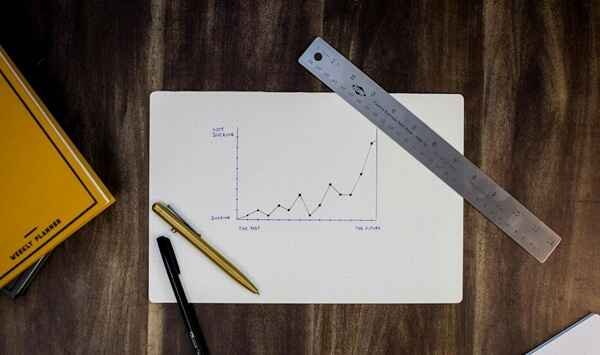Remote and hybrid work made one thing obvious: managers can’t rely on hallway chats or swivel-chair oversight to know what’s happening. Modern remote monitoring shifts the question from where people are to how work actually flows. Instead of old-school keystroke logs, contemporary platforms aggregate application usage, time-on-task, system health, and workflow context to reveal bottlenecks, license waste, and process gaps. Analysts define this category as automated data collection plus analytics across apps, calendars, and devices to show locations, patterns, and time spent—signals leaders can act on to improve effectiveness and compliance.
If you’re starting from scratch and want to see what these tools look like in practice, reviewing an approachable remote monitoring software option can help you benchmark features such as activity capture, privacy controls, and reporting depth.

Why the data matters now
The payoff shows up quickly in resource allocation. Finance can right-size software spend by deprovisioning idle seats; IT can spot repetitive “swivel chair” work and target automation; operations can compare teams doing the same process and standardize the winning path. At scale, organizations need comparable signals across time zones and workstyles. Microsoft’s Work Trend Index distills global survey results and “trillions of productivity signals,” underscoring how companies that read and respond to collaboration data outperform those that manage by hunch.
The trust equation: measure to improve, not to police
Data alone doesn’t fix management. Deployments framed as surveillance often backfire. Harvard Business Review reports that heavy-handed monitoring erodes trust, nudges people to “work to the metric,” and traps managers in an enforcement mindset—outcomes that hurt judgment and creativity. The lesson isn’t “don’t measure”; it’s “measure transparently for shared goals.” Give employees visibility into what’s captured, why it’s collected, and how it’s used; let them correct errors; and aim metrics at outcomes like cycle time and quality, not vanity counters.
Law and policy: transparency is not optional
Regulators now expect thoughtful programs, not blanket data grabs. The UK Information Commissioner’s Office (ICO) advises employers to collect only what’s necessary and proportionate, explain it clearly, run Data Protection Impact Assessments for higher-risk methods, and set tight retention limits. In short: if you can’t justify it, don’t collect it. The guidance is explicitly tuned to remote contexts and provides a practical checklist for lawful monitoring. Recent enforcement—such as the ICO ordering an employer to stop using facial recognition for attendance due to proportionality failures—shows these aren’t paper rules.
AI turns logs into recommendations
The data exhaust of work is growing, but managers don’t need more charts; they need next steps. Newer platforms apply AI to summarize anomalies, suggest root causes, and propose actions—rebalancing staffing during surge windows, retiring unused tools, or coaching teams on context switching. Microsoft’s 2024 Work Trend Index highlights how AI is moving from novelty to necessity, with widespread adoption among knowledge workers; monitoring data is the fuel that makes those assistants useful in day-to-day operations. Keep humans in the loop for high-impact decisions, but let models handle the pattern-spotting.
Implementation playbook that earns buy-in
Start with one process that has measurable pain—say, a back-office workflow with long lead times. Publish, in plain language, exactly what will be collected, for what purpose, and for how long; give the pilot team their own dashboards; and agree on success metrics up front. Limit access to a small, role-based group and log every query. After a fixed window, review outcomes and sentiment together; keep only the signals that moved the needle and drop the rest. Expand carefully, and treat policy, consent, and documentation as part of the product, not afterthoughts. Industry guidance repeatedly stresses that monitoring must balance business aims with worker rights, and that clear communication is the difference between a trust-building rollout and a cultural own-goal.
What good looks like
In mature programs, monitoring becomes an instrument panel everyone can read. Leaders get visibility into flow and risk; teams get feedback they can use to improve; security gets early warnings of shadow IT or data-exfiltration patterns; finance sees real utilization. The cultural tone is pragmatic: measure to learn, automate the boring parts, and protect privacy by design. When employees understand the “why,” can see their own data, and have a voice in how it’s used, the technology evolves from a spotlight into shared infrastructure.
Bottom line
remote monitoring is changing business not by watching more, but by helping organizations see better. Build on solid governance, align metrics to meaningful outcomes, and pair insights with employee trust. Do that, and distributed teams can operate with the precision—and the humanity—of the best in-person shops.
Anantha Nageswaran is the chief editor and writer at TheBusinessBlaze.com. He specialises in business, finance, insurance, loan investment topics. With a strong background in business-finance and a passion for demystifying complex concepts, Anantha brings a unique perspective to his writing.


